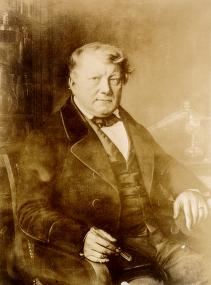Ozone
chemical compound From Wikipedia, the free encyclopedia
Remove ads
Ozone, or trioxygen, is a chemical with the symbol O3. This means one molecule of ozone is made of three oxygen atoms. Ozone is rarely called trioxygen, even though this is its IUPAC systematic name.[3] Ozone is formed from oxygen gas (O2) by the action of ultraviolet light and also atmospheric electrical discharges. It is present in low concentrations throughout the Earth's atmosphere. In total, ozone makes up only 0.6 ppm (parts per million) of the atmosphere by volume.

Ozone is important to life on planet Earth. There is a portion of the stratosphere with a high concentration of ozone, called the ozone layer. The ozone layer is 10 to 50 kilometers above the ground. It filters out damaging ultraviolet radiation from the Sun,[4] like a kind of sun screen. Without this ozone layer things would not have been able to live on the surface of our planet. The ozone layer also absorbs a lot of heat from the sun's rays.
However, ozone is toxic to animals and plants above concentrations of about 0.1 ppm. In humans, it can cause nasal and throat irritation, and nausea.[5] Extended exposure can cause lung oedema.[5] 0.100 ppm is the maximum allowable limit for industrial, public, or occupied spaces in England, Japan, France, the Netherlands and Germany.[5]
The ozone near the ground forms because of pollution. It is formed by a chemical reaction between volatile organic compounds and nitrogen oxides. These molecules are common pollutants in cities. Ozone at ground level creates smog.[6]
Remove ads
References
Wikiwand - on
Seamless Wikipedia browsing. On steroids.
Remove ads




